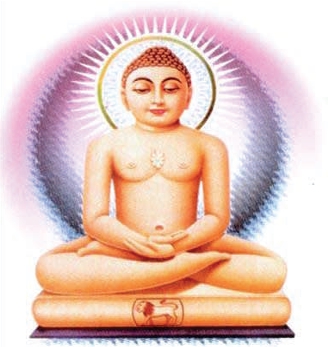
History of Jainism in Andhra Pradesh (II)
Chalukyas of Kalyani (kalyāṇi) were feudatories of Rashtrakutas, who later obtained freedom. Potalakere, their temporary capital, is identified with the present-day Patanceruvu, some 25 km from Hyderabad city. This location was having nearly five hundred basadis during those days. Jagadēka-malla or Jaya-simha II, who ruled from the temporary capital, Patanceruvu, was a promoter of Jainism. His Maski inscription states about the grant he had made to the Jaina basadi in A.D. 1027.
The court of Ahava-malla Somesvara (āhava-malla somēśvara) or Trai-lōkya-malla-dēva was adorned by a Jaina sage who was bestowed with the name Svāmi by the Pāṇḍya king. Sravana-belgola inscription No. 77 (Epigraphia Carnatica, Vol. II, new series) reveals that the title of Catur-mukha-dēva was conferred on this sage by Ahava-malla.
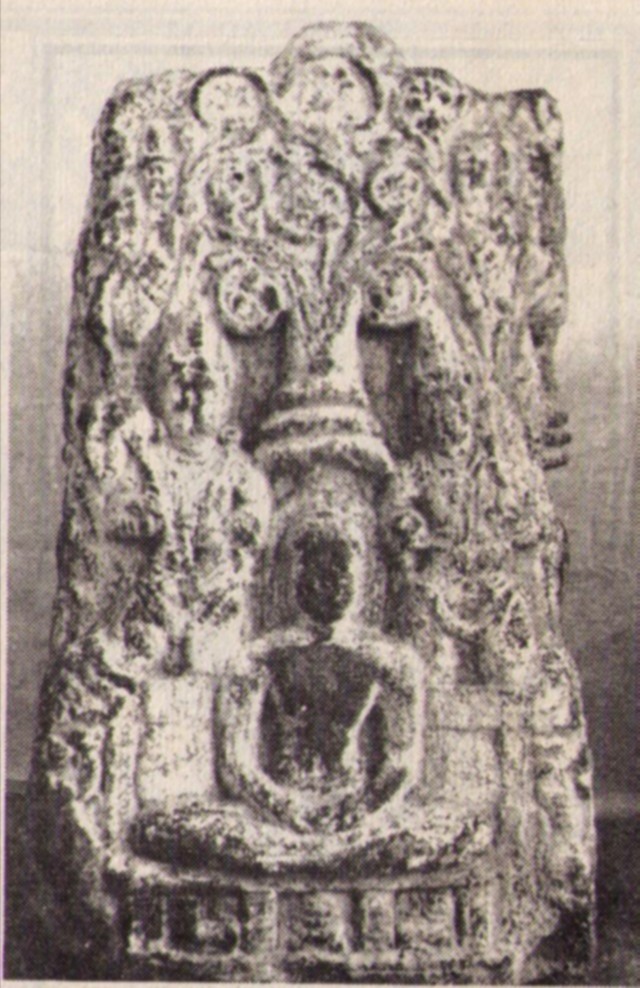 | 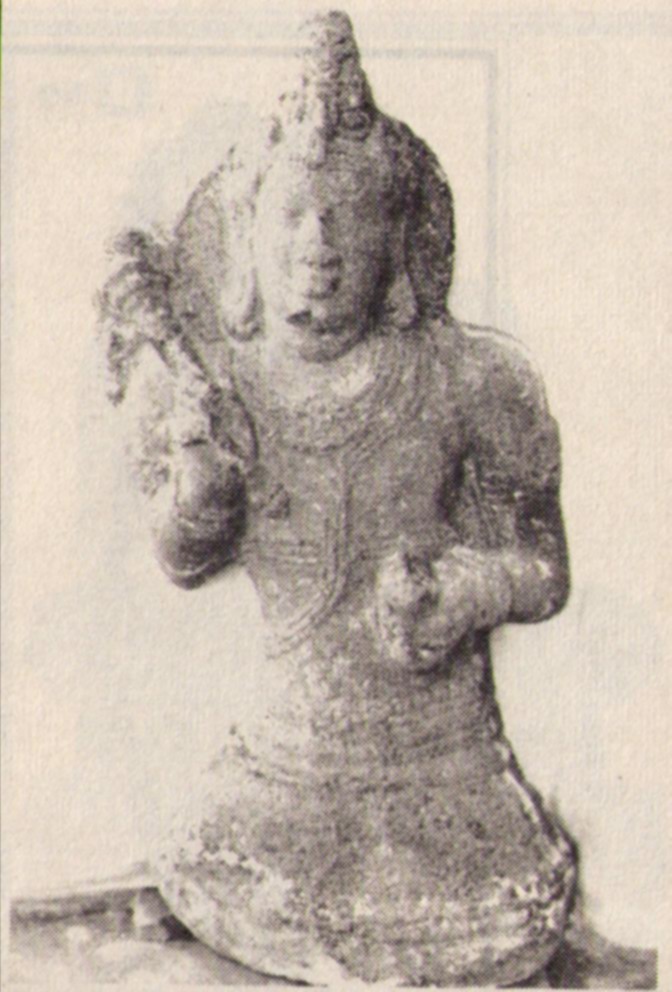 |
Fig. 1. Tirthankara, Kakatiya period, 13th century CE. | Fig. 2. Devi Padmavati, 11th century CE. |
Cilkuru (cilkūru) inscription assigned to Vikramaditya (vikramāditya; A.D. 1012), registers a gift of land to a Jaina temple, the presiding deity of which was Pārśvanātha-dēvaru, at Chilkuru (cilkūru), by one Padmanabhayya, a feudatory of this sovereign. His successor, Tri-bhuvana-malla-deva (Vikramaditya VI), was responsible for the establishment or maintenance of contemporary Jaina centers in Andhra, in places like Bōdhan, Konakondla, Ujjili, Pudur (pudūr), Bairanipaḷḷi, Kolanupakka, Gabbūru, Chilkuru, Hanuma-koṇḍa, Baṇajipeṭṭa, Togarakuṇḍa etc. During the rule of Bhūlōka-malla, according to the Jaḍcerḷa inscription, a certain Bommi-seṭṭi got constructed a caityālaya.
The vassals of later Chalukyas - the Nolamba Pallavas (nōḷamba pallava), the Polavasa chiefs and the Kakatiyas (kākatīya) were tolerant to Jaina faith. In Anumakonda (anumakoṇḍa), there is a Padmakshi (padmākṣī) temple, which is considered to be originally, a Jaina place of worship, in the name of the yakshi Padmāvatī. The Sanigram record states that the son of Bēta, minister of Vija-rāja, had renovated the Duddha-malla-Jinalaya in that place. Indication is found in local records for the persecution of the Jainas who had to flee to Anumakonda. During the time of the Kakatiyas, Anumakonda was flourishing as a Jaina center.
Polavasas were petty chieftains, who had a small principality extending from Polavasa to Narasampet in Warrangal district. Records are found in Govindapuram, Banajapet (baṇajapet) and Padmakshi temples, mentioning the gifts of these chieftains to Jaina basadis. Banajapet and Padmakshi inscriptions furnish the information that Meda-raja (mēda-rāja) built Vīrakamala-Jinālaya and made grants to Kadalāya-basadi, which was built by Mailam, wife of Pergeḍe Bēta.
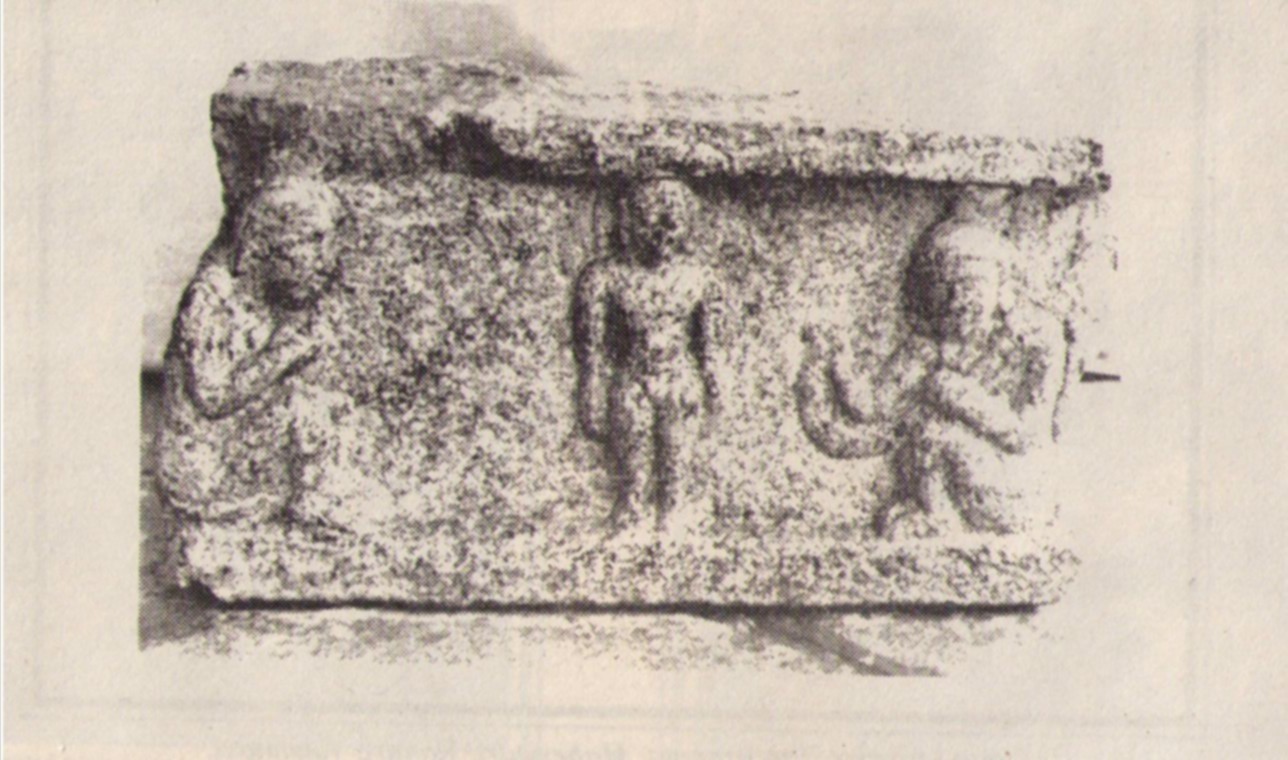 |
Fig. 3. Parshvanatha with two devotees, Chalukyan period, 11th century CE. |
Govindapuram epigraph reveals that Nāga-rāja, minister of Meda-raja, installed the image of Parshvanatha. In the same record, four preceptors - Bāla-candra, Mēgha-candra, Padma-nandi, who belonged to the Krāṇūr gaṇa and the meṣapāṣāṇa-gaccha, are mentioned. These acharyas seem to belong to Karnataka.
The Nolamba Pallavas, who were petty chieftains, contemporaneous to the later Chalukyas, had their principality extending in parts of Andhra and Karnataka, with the capital at Hemavati, in Anantapur district of Andhra Pradesh. During their time, the Madakṣīra area became a Jaina tract. Inscriptions found in Hemavati, mention that the Nolamba Pallava ruler, Mahendra, and his son, Ayyappa, made a grant to a basadi for the feeding of the monks residing there. Another inscription refers to a famous Jaina sage, Padma-prabha-Maladhāri-dēva who wrote a commentary on the Niyama-sāra of Kundakunda. During this period, Cippa-giri (Ālūr taluq, Kurnool district) became famous as a Jaina centre.
The Telugu Cholas (cōḷa) ruled as vassals of Chalukyas of Kalyana, from Nidigallu (Anantapur district). Amarā-puram inscription states that in the year A.D. 1276, a certain Malli-seṭṭi, while Iriṅgoṇḍa-dēva of Telugu Chola family was ruling, made some grants to the Prasanna-dēva-basadi of Tailanagere. This was also known as Brahma-Jinalaya. After the fall of the Eastern Chalukyas in Guntur-Nellore areas, under the patronage of Chalukya Cholas, Jainism seems to have thrived. The Jaina temple, Pṛṭhvī-tilaka-Jinālaya, was built during the time of Kulōttuṅga Chola (A.D. 1070-1122) by his subordinate chief, Goṅka Bhūpa, who ruled from Candavrōlu. Similarly, during the reign of Raja-raja III (rāja-rāja; A.D. 1263), Pramala-dēvi, a lay disciple of Malisāgara-dēva, saw to the construction of a flight of steps in the Jinalaya in Kaṇupartipāḍu in Nellore district (No traces of these Jaina temples are found at present).
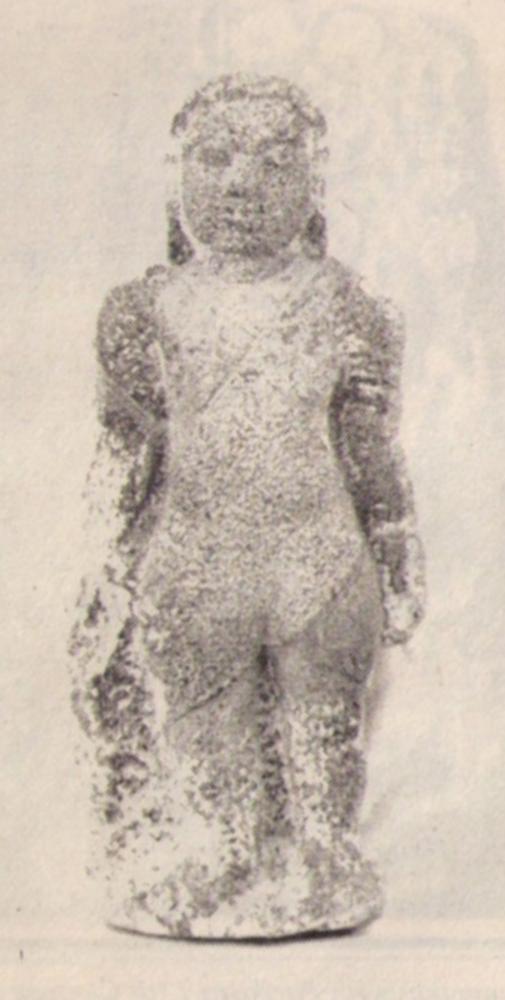 | 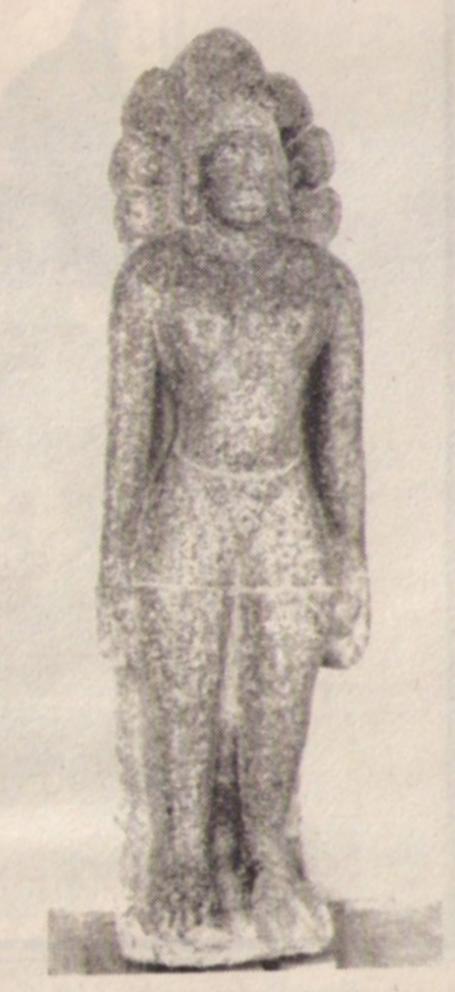 |
Fig. 4. Parshvanatha, 11th-12th century CE. | Fig. 5. Bahubali, 12th century CE. |
During the period of the Gangas of Kalinga, Bhōga-puram in Visaghapattanam district had some Jaina constructions. According to one inscription, the Raja-raja-Jinalaya in this place was built by a certain merchant, Kannamma Nayaka, in A.D. 1178, during the reign of the Ganga king Ananta-varma Raja-raja-deva. It is the name of this king that has been given to the temple, which tempts us to think that there was a royal patronage or contribution for the construction and maintenance of this Jaina temple.
During the Vijaya-nagara period also, Jaina religion in Andhra received protection. The famous record of Huḷḷa-rāja, which speaks about the reconciliation he could bring about among the various adverse religions, shows that Jainism was facing persecution but could get royal protection. Irugappa-daṇḍa-nāyaka, the minister of Hari-hara and disciple of Puṣpa-sēna, was a follower of Jainism, who got constructed the Parshvanatha-basadi at Hampi. Vijaya-nagara rulers, from Saṅgama to Rāma-rāya, were lenient to Jainism and had made gifts to many Jaina establishments. Also, they had patronized the Jaina centres in places like Penun koṇḍa, Cippa-giri and Adōni.
The numerous Jaina monuments and idols, in a mutilated condition, available in various places of Andhra, reveal that the religion underwent persecution in this region. The Shaivites took arms against the non-violent Jainas and did not spare their temples and icons. A later inscription dated A.D. 1512, found in Śrī-śailam, discloses that a Vīra-śaiva chief, Liṅga, took pride in cutting off the heads of the Shvetambaras (śvētāmbara). There are sculptural panels in Pudur and Indrakal, which depict scenes of the persecution of the Jainas.
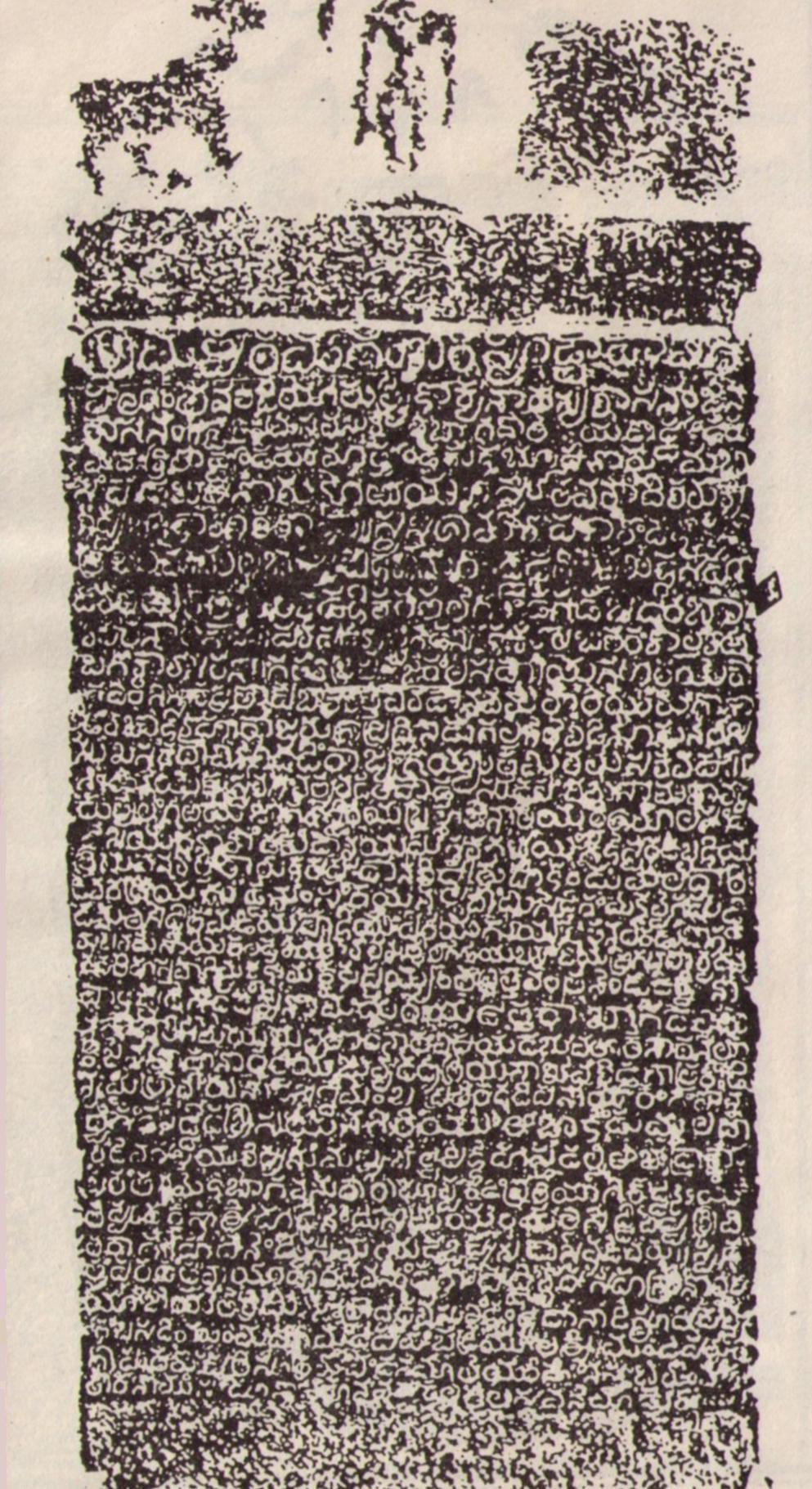 |
Fig. 6. A unique Jain inscription of Irungonda-devachola Maharaja II. |
The work, Siddha-dēva-carita, contains references to Gaṇapati-dēva's campaigns against the Jainas. During the Chola-Chalukya conflict, the Jainas lost their royal support. From epigraphical records, it is understood that Rajendra Chola (A.D. 1012-44) ransacked the city of Kollipaka in Andhra, which was a Jaina centre. His successor, Rājādhi-rāja (A.D. 1018-54), continued the destruction. The Hindu kings of later period, thus did whatever they could, for annihilating Jainism. But this was brought to an end by the Moghuls, when they came to power. But by that time, Jainism was practically curbed in the soil of Andhra.
Bibliography:- History of Jainism in Andhra Pradesh in Dravidian Encyclopedia (Vol. I) (Ed. V.I. Subramoniam), ISDL, Thiruvananthapuram, 1990;
- P.B. Desai, Jainism in South India and Some Jaina Epigraphs, Jainasamskriti Samrakshakasamgha, Sholapur, 1957;
- R.C. Majumdar / A.S. Altekar, Vākāṭaka Gupta Age, Motilal Banarsidass, New Delhi 1967.
- Krishna Murari, The Cāḷukyas of Kalyāṇi, Concept Publishing Co., Delhi 1976.
- K. Gopalachari, Early History of the Andhra Country, University of Madras, Madras 1976.
- K.A. Nilakanta Sastri, The Cōḷas, University of Madras, Madras 1956.
- K.A. Nilakanta Sastri, History of South India (4th ed.), Oxford University Press, Madras 1968.
 P.M. Joseph
P.M. Joseph